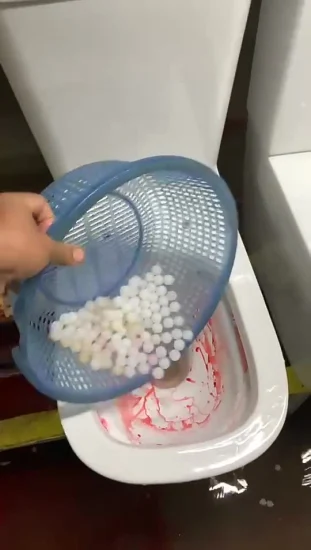Is it Acceptable to Flush Food in the Toilet?
Is it Acceptable to Flush Food in the Toilet?
Blog Article
The writer is making a number of good pointers related to Think Twice Before Flushing Food Down Your Toilet overall in this article on the next paragraphs.

Intro
Lots of people are frequently faced with the issue of what to do with food waste, especially when it concerns leftovers or scraps. One common concern that develops is whether it's okay to flush food down the toilet. In this short article, we'll explore the reasons people might consider flushing food, the repercussions of doing so, and different approaches for appropriate disposal.
Reasons why people may consider flushing food
Lack of understanding
Some individuals may not understand the potential harm caused by purging food down the bathroom. They may incorrectly think that it's a safe method.
Ease
Flushing food down the toilet may seem like a fast and simple service to dealing with undesirable scraps, especially when there's no nearby trash bin available.
Negligence
Sometimes, people might simply pick to flush food out of sheer idleness, without taking into consideration the repercussions of their activities.
Consequences of flushing food down the commode
Environmental effect
Food waste that winds up in rivers can contribute to air pollution and harm water environments. In addition, the water used to purge food can stress water sources.
Pipes concerns
Purging food can lead to blocked pipelines and drains, triggering costly pipes repair work and aggravations.
Sorts of food that need to not be flushed
Coarse foods
Foods with fibrous structures such as celery or corn husks can get tangled in pipes and create blockages.
Starchy foods
Starchy foods like pasta and rice can absorb water and swell, resulting in clogs in pipelines.
Oils and fats
Greasy foods like bacon or food preparation oils need to never be purged down the commode as they can strengthen and cause obstructions.
Correct disposal methods for food waste
Making use of a waste disposal unit
For homes outfitted with waste disposal unit, food scraps can be ground up and purged with the pipes system. Nonetheless, not all foods are suitable for disposal in this fashion.
Recycling
Particular food product packaging materials can be recycled, lowering waste and reducing environmental influence.
Composting
Composting is an environment-friendly method to take care of food waste. Organic products can be composted and used to enrich soil for gardening.
The relevance of appropriate waste monitoring
Reducing ecological injury
Correct waste administration methods, such as composting and recycling, aid decrease contamination and protect natural deposits for future generations.
Securing pipes systems
By staying clear of the method of flushing food down the toilet, homeowners can protect against pricey pipes repairs and preserve the honesty of their pipes systems.
Conclusion
In conclusion, while it may be alluring to flush food down the commode for ease, it is very important to recognize the potential effects of this activity. By adopting appropriate waste management practices and taking care of food waste sensibly, individuals can contribute to healthier plumbing systems and a cleaner environment for all.
FLUSH FOOD DOWN THE TOILET?
FLUSHING FOOD CAN CAUSE BLOCKED DRAINS IN YOUR HOME
All of the plumbing fixtures in your home are connected to the same sewer pipe outside of your home. This outdoor sewer pipe is responsible for transporting all the wastewater from your home to the Council sewer mains. Even small pieces of food that go down the kitchen sink can cause problems for your sewer. It should therefore be obvious that flushing larger bits of food, such as meat, risks a clog in either the toilet itself or the sewer pipes. Flushing greasy food is even more problematic because oil coagulates when it cools, coating the interior lining of your pipes.
THE TOILET IS NOT A BIN
Food isn’t the only thing that people shouldn’t be flushing down the toilet. People use the toilet to dispose of all kinds of things such as tampons, makeup wipes, dental floss, kitty litter and even underwear. Water goes to great lengths to educate residents about the high costs and stress placed on wastewater treatment systems simply from people flushing the wrong stuff down the toilet. It costs taxpayers millions of dollars each year, and homeowners thousands in blocked drain repairs.
FLUSHING FOOD IS A WASTE OF WATER
Flushing food is a waste of our most precious resource - water. In June this year Level 1 water restrictions were introduced to protect water supply from drought conditions. Much of New South Wales continues to be affected by prolonged drought with recent figures revealing up to 97 per cent of the state remains in drought. Depending on whether you have a single or dual flush toilet, every single flush uses between five and 11 litres of water. In the current climate this is a huge amount of water to be wasting on flushing food that should be placed in the bin (or better yet, the compost).
https://www.jabplumbingsolutions.com.au/blog/can-you-flush-food-down-the-toilet

I'm certainly very inquisitive about and I really hope you appreciated our blog entry. I beg you take the opportunity to promote this page if you appreciated it. Kudos for your time. Please visit our blog back soon.
Book An Estimate Now Report this page